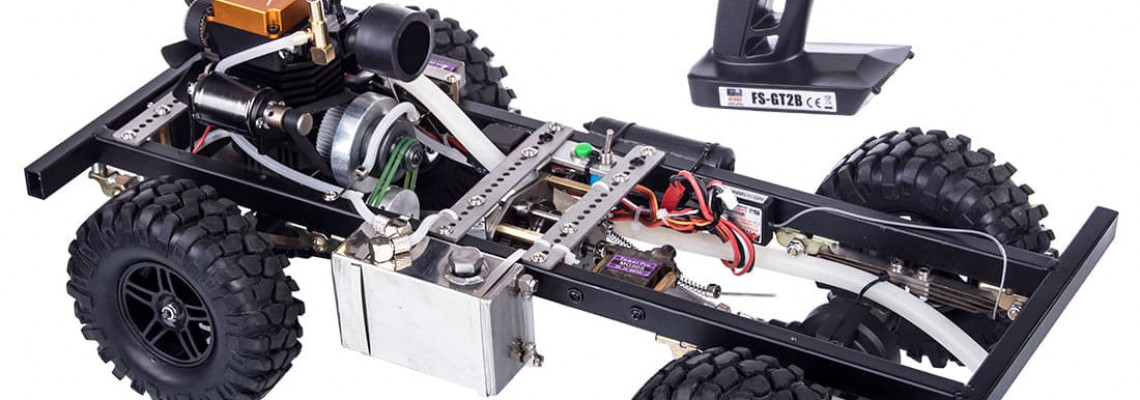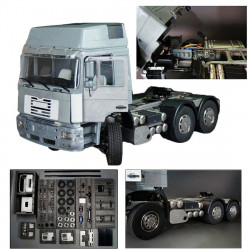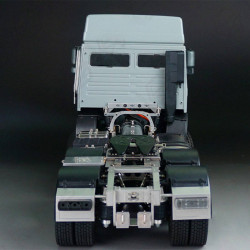
10 Things you need to know about LIPO Batteries
Top 10 RC LiPo Battery Mistakes and How to Avoid Them
Nowadays, lithium batteries are used in practically every gadget, yet we rarely give them much thought. In the end, we don't have much influence over them. Plugging in your charge cord is all that is required to charge the majority of gadgets. It is because we have total control over RC LiPo batteries that the pastime of radio control is so unique. Choosing the batteries we use, charging, discharging, storing, and ultimately abusing them are all within our hands. For this reason, we will discuss the top 10 LiPo battery errors people make, as well as how to maintain the health of your LiPo batteries.
Tip 1 – Not Balance Charging the LiPo Battery
A LiPo battery must always be charged in the balanced charge mode. A single-cell LiPo battery is the lone exception. Since you have one battery, there is nothing to balance, but any LiPo with two or more cells must always be charged in a balanced manner.
Tip 2 – Discharging the LiPo Down to Zero
A LiPo battery will eventually be destroyed if its energy is completely depleted, which poses a risk. This is because a LiPo's individual cells can only be discharged at a maximum of 3 volts each. After that, the battery will experience irreversible deterioration.
Tip 3 – Not Giving Yourself Enough Headroom When You Set the Low Voltage Cutoff in Your Models ESC
Low voltage cutoff, or LVC, is a feature of all contemporary ESCs or electronic speed controllers made for LiPo use. It cuts the battery and is used when the battery's voltage hits a specific limit. As we mentioned in number 2, you should never discharge your battery more than 3 volts per cell, but that's the upper limit. That is something we would never want to approach. Instead, we want to see which low-voltage cutoff presets the electronic speed controller has and pick one that will allow us sufficient headroom. The battery cells never hit three volts because we have a small buffer there in case something goes wrong. A low voltage cutoff of 3.4 volts per cell is what we advise.
Tip 4 – Not Using a Fully Charged LiPo
Imagine charging the LiPo battery with the intention of using it right away, but you are unable to do so due to an unforeseen circumstance. As a result, the battery is put away for use at a later time. A fully charged LiPo battery may begin to suffer from cell deterioration if it is left in storage for even a few days. This frequently manifests as puffiness or oedema. Therefore, a fully charged LiPo should never be left idle. Return it to your LiPo balance charger and set it to a storage charge if you are unable to use it with your model. Your LiPo will release all of that extra power as a result.
Tip 5 – Failing to Storage Charge Your LiPo After Every Use
Your LiPo battery can have too much energy in it even after you've used it in your model. or insufficient vitality to be saved at a later time. Therefore, it's crucial to develop the essential practice of putting your LiPo back on the charger and setting it to a storage charge after each use. If there is insufficient voltage in your battery, this will raise it to a safe level. If there is too much, it will lower the voltage. After all, lithium batteries can degrade if not used, which is why it's a good idea always to perform a storage charge to ensure the battery is in a good enough condition to be put away.
Tip 6 – Buying A Brand New LiPo Battery but Not Using It Right Away
All LiPo manufacturers to charge their batteries prior to shipping them for sale. The storage charge voltage may have decreased, depending on where you purchased it and how long the LiPo has been lying around. Therefore, charging that brand-new battery, or at least balancing the charging, will help balance out its cells and raise the battery voltage to a safe level. Additionally, if you don't use that battery for an extended period, you might have passed the warranty date if you discover an unrelated problem.
Tip 7 – Not Letting Your LiPo Cool Down
First of all, as you are undoubtedly aware, you should always keep your LiPos in a dry, calm environment. You want to recharge your LiPo so you can play more music after using it for a while. It's crucial to allow it to cool down before recharging it. A heated LiPo battery will deteriorate if it is charged, and if your LiPo is really hot after using it in your model, it may indicate that the C rating is insufficient for your purpose. It can also suggest that you depleted your LiPo battery too much. Referring back to the third guideline, "Make sure your LVC has enough headroom." In freezing weather, you can charge and use your batteries without any problems. The cold won't harm your LiPo batteries, but they won't hold as much energy as they would in a typical environment. Your battery may feel as though it has less punch or power in colder climates.
Note: If you're wondering if storing your LiPo battery in a freezer or refrigerator can cause problems, the answer is yes. However, when the LiPo is inside the refrigeration machine, there isn't any actual harm—pulling the LiPo out while the outside temperature is lower than the LiPo's internal temperature might cause condensation, which is bad for the pack's health. It should go without saying that you should never leave your LiPo in a hot car.
Tip 8 – Buying Used LiPo's
We don't bother about the battery or how it was charged or used when we purchase secondhand cell phones. We can only regulate our batteries in R/C. This implies that you have no idea how a LiPo battery was used or misused, whether it was charged or discharged, or whether it was correctly stored or not. Because of this, it is not a good idea to purchase old LiPo batteries unless you are optimistic about their history. Spectrum Smart Battery Technology is one example of an exception, though. A microprocessor that relays the battery's history data is now included with these LiPos. You could find that information very helpful if you're looking to purchase a used Smart battery.
Tip 9 – Letting LiPo Batteries Sit Around Too Long Unused, Unchecked and Unbalanced
Let's say you have LiPo batteries that, for whatever reason, will be lying around unused for months or perhaps years until you use them again. Sticking LiPo batteries on the balance charger at least every six months is essential if you need to keep them for an extended period. Bring the cells' voltage back to a healthy level and rebalance them. Every two to three months, you should plug your LiPo into a cell checker to make sure the cells are healthy. This is an even better practice. Place them on the balanced charger if they're not okay. Idle LiPos will gradually lose energy, and eventually, the cells may drop to a dangerous voltage. For this reason, an idle battery can be restored to a healthy state with a simple storage charge.
Tip 10 – Throwing Away LiPo Batteries That Still Contain Energy
How to kill a LiPo battery is a question that people frequently ask. Maybe "destroy" isn't the correct word. LiPo batteries are entirely safe to dump in the garbage and dispose of at your local landfill, but you must first make sure that all of the battery's energy has been used up. The local garbage firm that compacts the rubbish in the garbage truck or at the landfill faces a serious fire hazard if that battery is still operational. Therefore, make sure a LiPo has lost all of its energy before throwing it in the garbage. See this LiPo battery instructions for further details on how to drain a LiPo battery completely.
Summary
These are the ten most common mistakes made by RC LiPo batteries and how to prevent them. Naturally, some of these activities are small, but if you make them a habit, you can build a lifetime of contented, safe, and healthy LiPo battery use.









